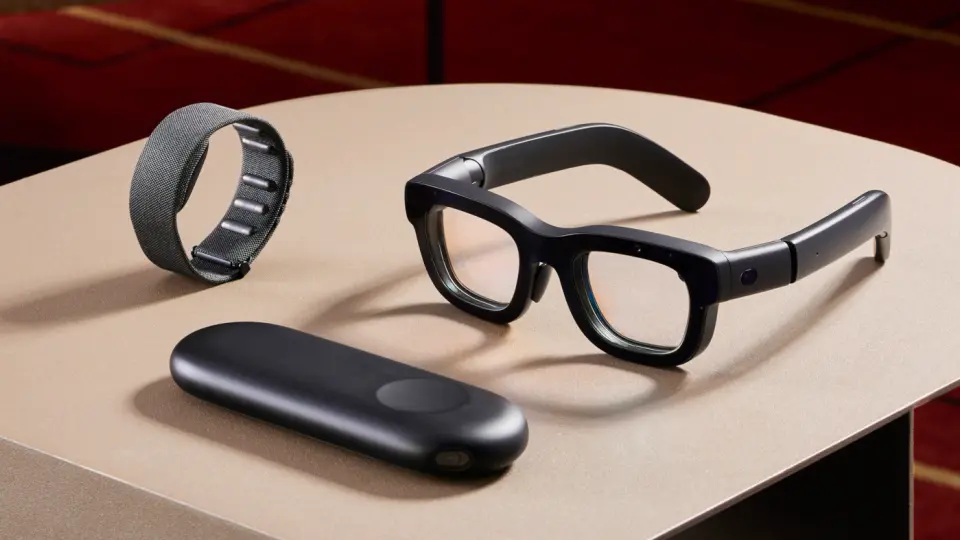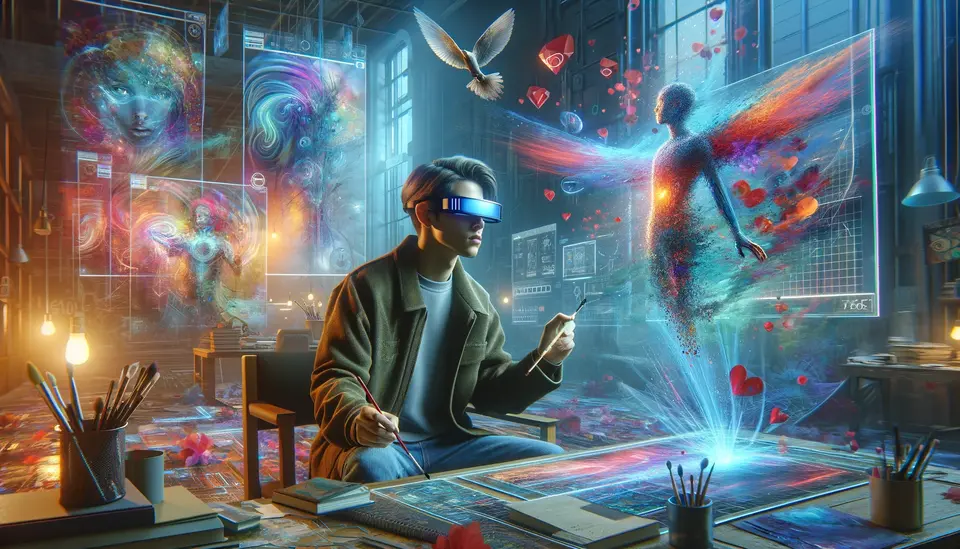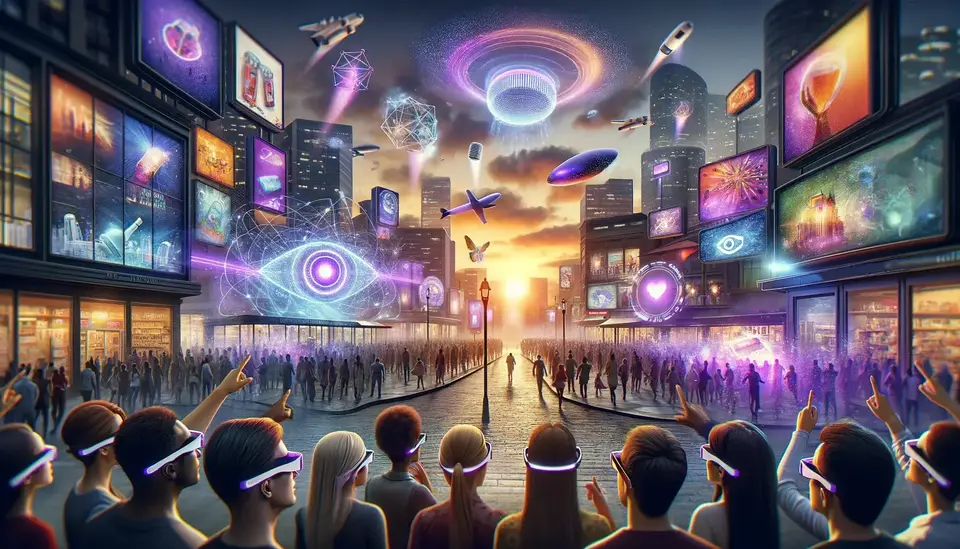15 Examples of the Use of Augmented Reality (AR) in Architecture
Posted on April 10, 2023 4 minutes 795 words
Table of contents
- 1. Concept Visualization and Design Presentation: Morpholio’s ARki
- 2. Virtual Site Visits: Trimble SiteVision
- 3. Construction and Assembly Guidance: DAQRI Smart Helmet
- 4. Collaboration and Remote Work: The Wild
- 5. Urban Planning and Development: CityViewAR
- 6. Building Information Modeling (BIM) Integration: Autodesk Live
- 7. Energy Efficiency and Sustainability: Energy3D
- 8. Acoustic Design and Simulation: ARki Acoustic Simulation
- 9. Wayfinding and Navigation: Gatwick Airport AR Wayfinding
- 10. Adaptive Reuse and Renovation: Assemblr
- 11. Facility Management and Maintenance: IBM Watson IoT and Apple ARKit
- 12. Accessibility and Inclusivity: Microsoft’s Seeing AI
- 13. Preservation and Restoration of Historical Buildings: Google Tango Project at the Château de Fontainebleau
- 14. Public Engagement and Participation: Helsinki’s Kalasatama Urban Lab
- 15. Architectural Education and Training: SketchAR
- Conclusion
Augmented Reality (AR) is an innovative technology that overlays digital information onto the real world, transforming the way we perceive and interact with our environment. In the architecture industry, AR is proving to be an invaluable tool, revolutionizing design, construction, and client engagement. In this blog post, we will explore 15 real-world examples that demonstrate the incredible potential of AR in architecture.
1. Concept Visualization and Design Presentation: Morpholio’s ARki
Morpholio’s ARki is an app that allows architects to present their designs in an interactive and immersive way, using AR technology. With ARki, clients can visualize proposed structures in their real-world context, offering a greater understanding of the project and aiding in the decision-making process.
2. Virtual Site Visits: Trimble SiteVision
Trimble SiteVision is an AR system that enables virtual site visits and inspections. Using a smartphone or tablet, architects and stakeholders can remotely explore a project site and assess design feasibility, reducing time-consuming and costly in-person visits.
3. Construction and Assembly Guidance: DAQRI Smart Helmet
The DAQRI Smart Helmet is an AR headset that provides real-time guidance to construction workers. It overlays digital information onto the real world, helping workers follow instructions, avoid errors, and improve overall construction efficiency.
4. Collaboration and Remote Work: The Wild
The Wild is a collaborative platform that uses AR and VR technologies to facilitate remote design collaboration. Architects, engineers, and other stakeholders can share and review designs in real-time, streamlining communication and decision-making processes.
5. Urban Planning and Development: CityViewAR
CityViewAR is an app designed to visualize urban planning projects using AR. By overlaying digital models onto the real world, stakeholders can assess the impact of proposed developments and make informed decisions about urban growth and sustainability.
6. Building Information Modeling (BIM) Integration: Autodesk Live
Autodesk Live is an AR solution that integrates BIM data into an immersive and interactive experience. Architects can visualize, analyze, and interact with BIM models, enhancing collaboration and streamlining the design process.
7. Energy Efficiency and Sustainability: Energy3D
Energy3D is a software that uses AR to model and visualize a building’s energy performance. By simulating energy use and generation, architects can create more sustainable and energy-efficient designs.
8. Acoustic Design and Simulation: ARki Acoustic Simulation
ARki Acoustic Simulation uses AR technology to simulate and optimize acoustic performance in architectural design. This tool allows architects to make informed decisions about acoustic materials and layouts, improving sound quality and user experience.
9. Wayfinding and Navigation: Gatwick Airport AR Wayfinding
Gatwick Airport’s AR Wayfinding system uses AR technology to create an intuitive navigation system for passengers, improving their experience within the complex airport environment.
10. Adaptive Reuse and Renovation: Assemblr
Assemblr is an AR app that helps architects visualize design changes and adaptations for existing buildings. By overlaying proposed alterations onto real-world environments, Assemblr facilitates more effective renovation projects.
11. Facility Management and Maintenance: IBM Watson IoT and Apple ARKit
IBM Watson IoT and Apple ARKit collaborate to create AR solutions for facility management and maintenance. By accessing building information through AR, facility managers and maintenance crews can reduce downtime and improve overall building performance.
12. Accessibility and Inclusivity: Microsoft’s Seeing AI
Microsoft’s Seeing AI is an AR app designed to improve accessibility and inclusivity in the built environment. The app uses AR to provide real-time information about the environment to visually impaired users, helping them navigate spaces more effectively.
13. Preservation and Restoration of Historical Buildings: Google Tango Project at the Château de Fontainebleau
Google’s Tango Project used AR technology at the Château de Fontainebleau, a historic French palace, to assist in preservation and restoration efforts. By overlaying digital reconstructions onto the existing structure, the project provided valuable insights into the original construction techniques and materials, enabling more accurate and faithful restorations.
14. Public Engagement and Participation: Helsinki’s Kalasatama Urban Lab
Helsinki’s Kalasatama Urban Lab utilized AR technology to engage the public in the design process for a new waterfront development. The AR app allowed residents to visualize proposed designs and provide feedback, fostering a sense of ownership and involvement in the urban development process.
15. Architectural Education and Training: SketchAR
SketchAR is an app that uses AR technology to teach architectural drawing skills. By projecting digital guides onto physical surfaces, students can practice sketching and drawing techniques, providing an immersive and interactive learning experience.
Conclusion
The 15 real-world examples discussed in this blog post demonstrate the incredible potential of Augmented Reality in revolutionizing the architecture industry. From enhancing design presentations and collaboration to improving construction efficiency and public engagement, AR technology offers architects and stakeholders new ways to interact with the built environment. As AR technology continues to advance, we can expect even more exciting and innovative applications in the world of architecture.








